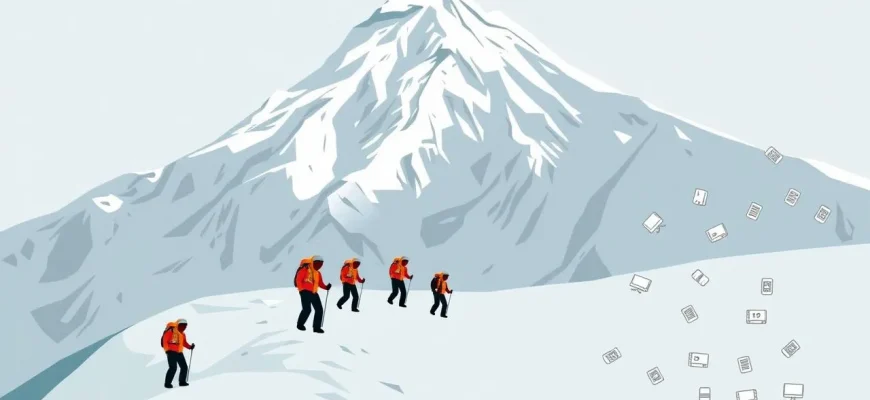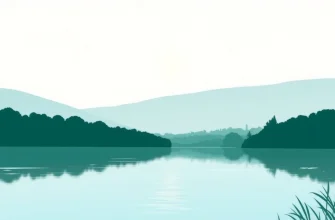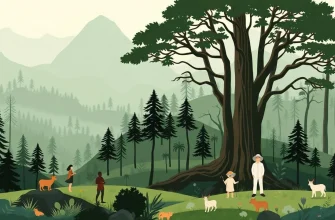The allure of Mount Everest has captivated adventurers and storytellers alike, leading to a rich tapestry of biopic films that delve into the human spirit's quest to conquer the world's highest peak. These films not only showcase the physical and emotional trials of climbing Everest but also celebrate the indomitable will of those who dared to dream big. Here's a curated list of 10 biopic films that bring the Everest experience to life, offering insights into the triumphs and tragedies that define this iconic mountain.
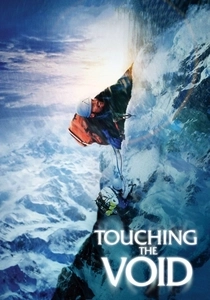
Touching the Void (2003)
Description: Although not about Everest, this film captures the spirit of mountaineering with its tale of survival on Siula Grande. It's included for its portrayal of human endurance and the psychological aspects of climbing.
Fact: The film uses dramatic reenactments and interviews to tell the story, making it a compelling watch for those interested in mountaineering narratives.
 Watch Now
Watch Now 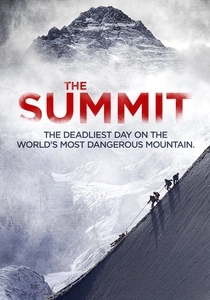
The Summit (2012)
Description: This documentary recounts the tragic 2008 K2 disaster, where 11 climbers died, providing a gripping narrative of survival and the decisions made on the mountain. While not directly about Everest, it captures the essence of high-altitude mountaineering.
Fact: The film uses interviews with survivors and archival footage to reconstruct the events, offering a raw look at the human cost of climbing.
 Watch Now
Watch Now 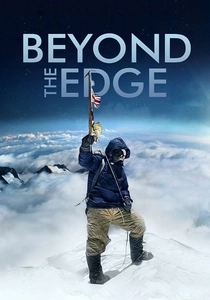
Beyond the Edge (2013)
Description: This docudrama explores the first successful ascent of Everest by Sir Edmund Hillary and Tenzing Norgay in 1953, highlighting their journey, the challenges they faced, and the impact of their achievement on the world.
Fact: The film was shot in 3D, providing an immersive experience of the climb.
 Watch Now
Watch Now 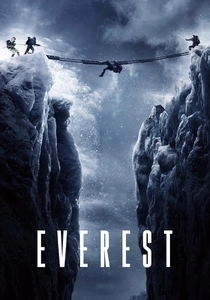
Everest (2015)
Description: This film dramatizes the 1996 Mount Everest disaster, focusing on the expeditions led by Rob Hall and Scott Fischer. It captures the harrowing conditions and the human drama that unfolded during one of the deadliest days on Everest.
Fact: The movie was filmed on location at Everest Base Camp, and the actors underwent rigorous training to simulate the effects of high altitude.
 Watch Now
Watch Now 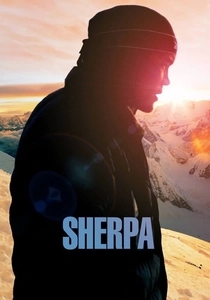
Sherpa (2015)
Description: This documentary focuses on the Sherpa community and their role in Everest expeditions, particularly highlighting the 2014 avalanche that killed 16 Sherpas, leading to a strike and reevaluation of their treatment.
Fact: The film was shot over several years, giving an in-depth look at the lives of Sherpas beyond the climbing season.
 Watch Now
Watch Now 
The Climb (2017)
Description: This film follows the journey of two friends, one of whom is a double amputee, as they attempt to climb Everest, showcasing the power of friendship and determination.
Fact: The film was shot over a period of seven years, capturing the long-term commitment and challenges of the climb.
 30 Days Free
30 Days Free 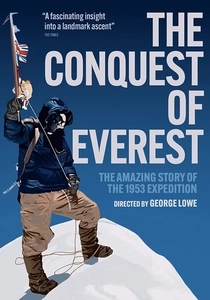
The Conquest of Everest (1953)
Description: This documentary captures the historic first ascent of Everest by Sir Edmund Hillary and Tenzing Norgay, providing a historical record of the expedition and its significance.
Fact: The film was produced by the British Film Institute and was one of the first documentaries to be widely distributed.
 30 Days Free
30 Days Free 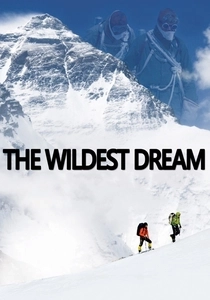
The Wildest Dream (2010)
Description: This documentary follows the expedition of Conrad Anker to recover the body of George Mallory, who disappeared on Everest in 1924, exploring the mystery of whether Mallory and Irvine summited before their tragic end.
Fact: The film includes archival footage and letters from Mallory, providing a personal insight into his motivations.
 30 Days Free
30 Days Free 
K2: Siren of the Himalayas (2012)
Description: While focusing on K2, this documentary captures the essence of high-altitude mountaineering, including the emotional and physical toll of such an endeavor, making it relevant for Everest enthusiasts.
Fact: The film features stunning cinematography and an intimate look at the climbers' lives, offering a broader perspective on mountaineering culture.
 30 Days Free
30 Days Free 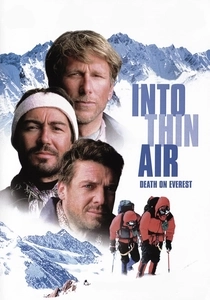
Into Thin Air: Death on Everest (1997)
Description: Based on Jon Krakauer's book, this TV movie recounts the 1996 Everest disaster from Krakauer's perspective, providing a firsthand account of the events and decisions that led to tragedy.
Fact: The film was made shortly after the events, offering a timely reflection on the disaster.
 30 Days Free
30 Days Free 
